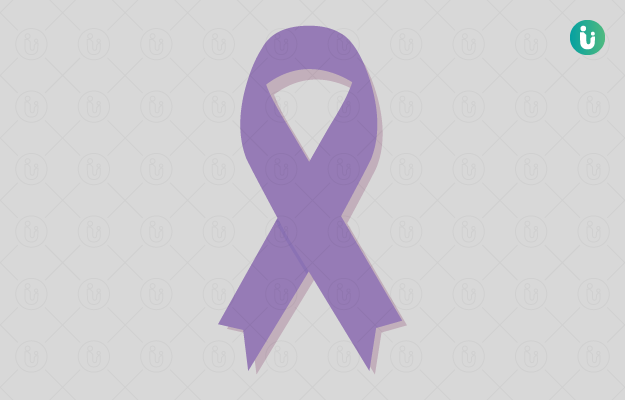Summary
Cancer is a large group of diseases, characterised by an abnormal growth of cells which form tumours (masses or lumps of tissue). Cancer can affect the cells of any organ or tissue in the body and can further divide actively and spread to different sites in the body or continue growing in one place. Based on this characteristic, tumours can either be benign (those which do not spread) or malignant (the ones that spread).
The causes of different types of cancers vary, however, the causes of some of the most common cancers are genetic mutations, stress, smoking, alcoholism, a diet low in fibre, exposure to chemicals or radiation, and more. Diagnosis is established by a physical examination, X- rays, CT scan, MRI and PET scans.
It is possible to prevent cancers to a great extent by avoiding the causes and risk factors. Treatment involves single or multiple modalities like chemotherapy, radiation therapy, and surgery. Complete cure is possible in certain cancers if detected in their early stages and treated promptly. Although this is not always possible, multiple treatment options are available to limit its spread and reduce complications to make the individual’s life comfortable.

 Doctors for Cancer
Doctors for Cancer  OTC Medicines for Cancer
OTC Medicines for Cancer
 Cancer articles
Cancer articles News for Cancer
News for Cancer

 Ayurvedic Treatment of Cancer
Ayurvedic Treatment of Cancer
 Diet for Cancer
Diet for Cancer
 Homeopathic Treatment of Cancer
Homeopathic Treatment of Cancer


































 Editorial Team
Editorial Team
















